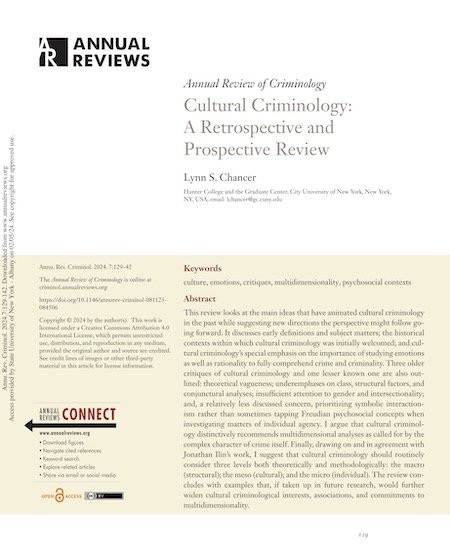By Pennsylvania Governor’s Center for Local Government Services
The intent of this study is to examine policing options for Bath Borough in Northampton County, Pennsylvania. Currently, the Pennsylvania State Police provide police service to Bath Borough’s 2,808 residents. In 2018, Bath Borough elected to leave the Colonial Regional Police Department as a member municipality and rely on the State for police coverage. Bath Borough did have a stand-alone, municipal police department from 1959 to 1995 until opting to join the Colonial Regional Police Department. After five years of Pennsylvania State Police service, the Bath Borough Council wishes to evaluate the effectiveness, efficiency and economics of its current police services. The study was initiated at the request of the elected officials from the Bath Borough. After a review of a comprehensive Request for Proposal for Police Services Study, the officials made their request via the submission of an official “Letter of Intent” to representatives of the Governor’s Center for Local Government Services (hereafter referred to as the GCLGS), located in the Pennsylvania Department of Community and Economic Development (DCED). The Letter of Intent officially requested that a study be conducted by the GCLGS and, furthermore, recognized that the municipality was not obligated or bound by the results of the study in any way. It is often difficult for small municipalities with limited resources to positively impact problems faced in the community, especially public safety. It has become necessary in many locations to consider ways to improve police service while stabilizing current and future costs. To this end, many smaller jurisdictions rely on outsourcing public safety duties, through contracted police service, relying on the Pennsylvania State Police or joining a regional police department. The concept of regional and/or contractual policing is one option that numerous municipalities currently participate in and one that many municipalities in Pennsylvania are now exploring. Success of regional departments often-times hinges on the cooperation and partnership fostered by each participating municipality and should not reflect on the police services provided. The last and most expensive option is to form a stand-alone, municipal police department to serve only the residents of the municipality. Presented in this study is information to help Bath Borough make a decision that is in the best interest of the community. Information collected and provided by the local officials, the GCLGS, and other government sources were used to determine the feasibility of police coverage options. Several options for police service have been explored and recommendations have been made. On behalf of the GCLGS, Chief David A. Mettin, Police Peer Consultant, would like to thank all the local government officials and the appointed employees for their excellent cooperation and assistance in completing this study of the Bath Borough.
Harrisburg: Governor's Office, 2023. 53p.





















